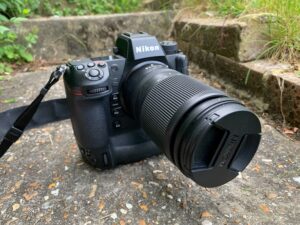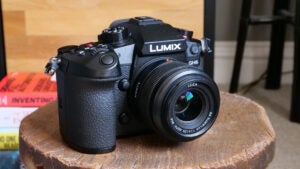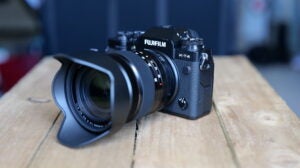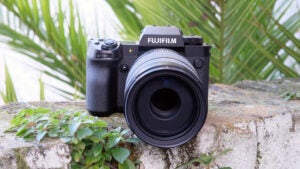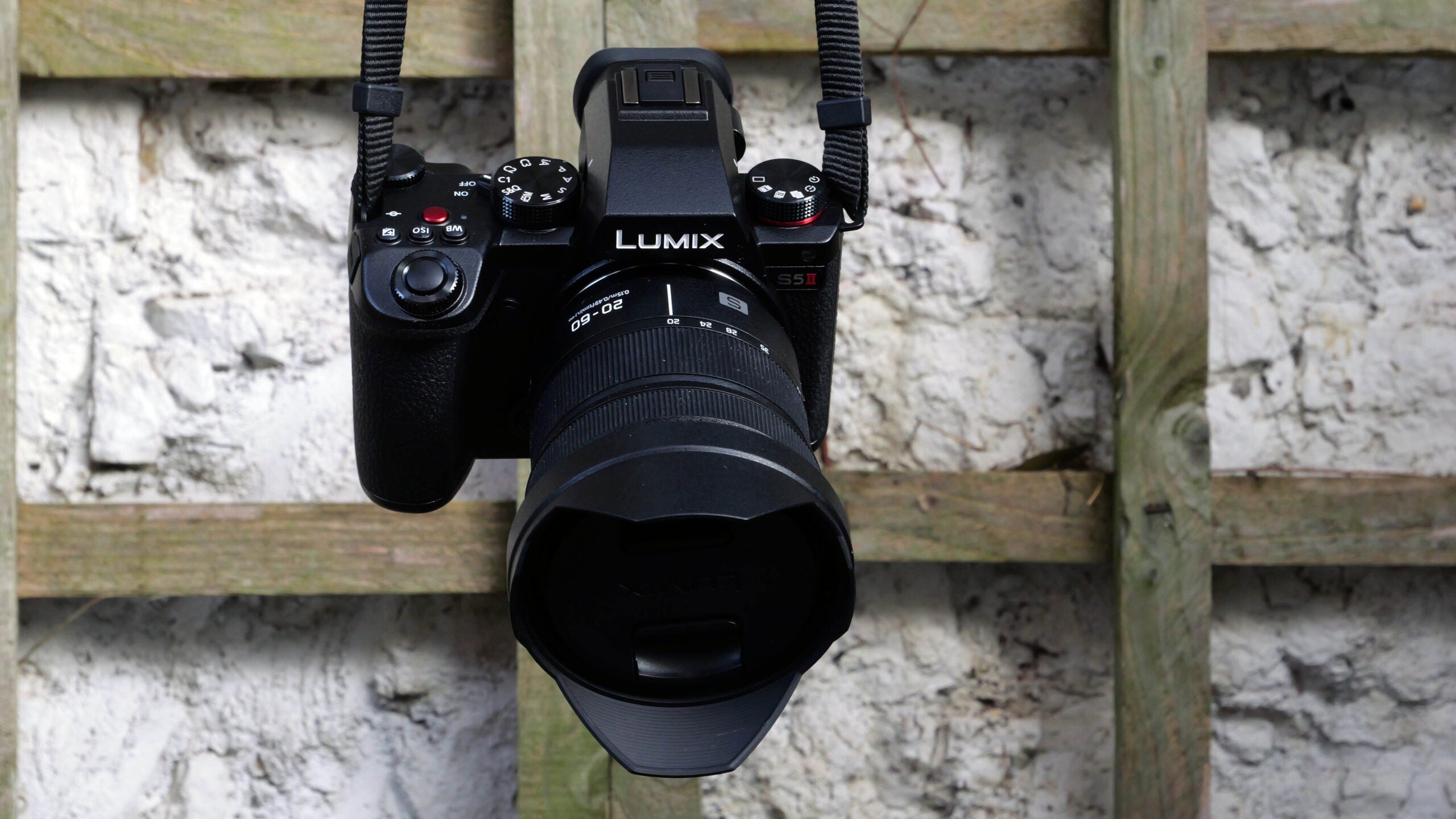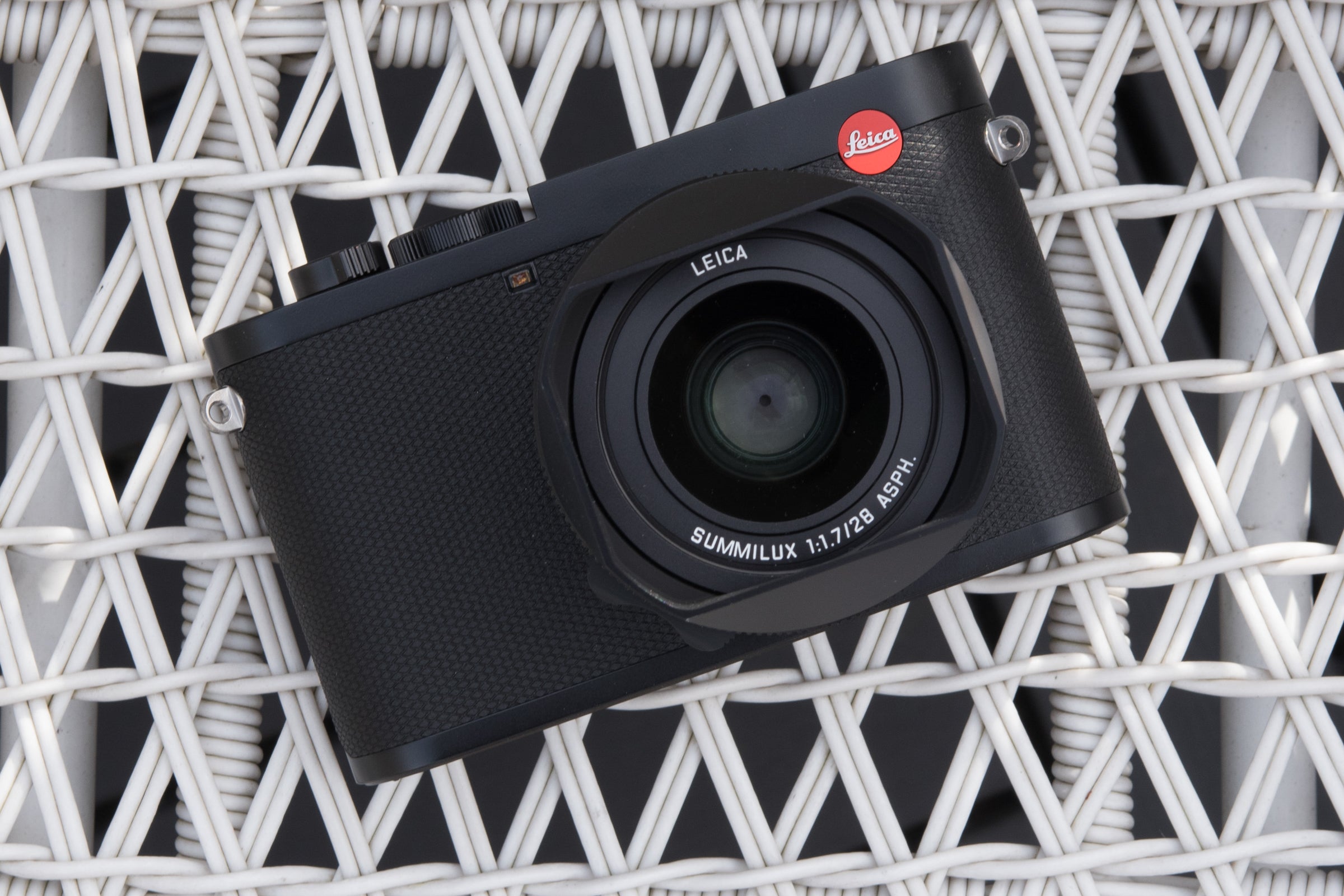If you’re in need of a new camera, chances are you’ve considered a mirrorless model. Mirrorless cameras have seen a huge surge in popularity in recent years, overtaking DSLRs as the go-to choice for photographers and hobbyists alike.
While it’s great that we have so many choices these days, the fact there are so many mirrorless cameras available can also make the decision more difficult.
The good news is that we’ve created this guide to narrow your options down to only the best mirrorless models on the market from leading brands like Nikon, Fujifilm, Panasonic and Sony.
This list includes a variety of cameras for all skill levels and budgets, including the best all-rounder, the best full-frame model, the best micro four-thirds and the best retro-style camera. That means you’re sure to find at least one camera that suits your needs, whether you’re a commercial photographer, shoot wildlife, work in video or are simply enjoying picking up a new hobby.
Every camera in this list has been thoroughly put to the test by our reviewers. We look at the physical design and handling, viewfinder and monitor, battery life, features and, of course, the image and video quality.
We also keep in consideration important factors like ruggedness and weatherproofing, the number of memory card slots, and the price and variety of lenses available for that particular camera.
Keep reading to discover our top recommended mirrorless cameras from a wide variety of camera brands. Below you’ll find our list at a glance, but scroll further and you’ll see a brief description of each model, along with the most important pros and cons to consider before making your final decision. You can also click through to our full reviews for a more in-depth look at each camera, as well as sample images shot during our testing period.
Of course, mirrorless isn’t your only option when it comes to buying a new camera. If you’re a devout DSLR user we’d recommend checking out our guide to the best DSLRs. We’ve also compiled best lists for the top vlogging cameras, action cams and the best cameras in general.
Best mirrorless cameras at a glance
- The best all-rounder: Nikon Z9 – check price
- Versatile full frame camera: Sony a7R V
- Best micro four thirds mirrorless camera: Panasonic Lumix GH6 – check price
- Best retro style: Fujifilm X-T4 – check price
- Best for detail: Fujifilm X-H2 – check price
How we test
We test every camera we review thoroughly. We use set tests to compare features properly and we use it as our main device over the review period. We’ll always tell you what we find and we never, ever, accept money to review a product.
.keystone-video-block .flexible-container .ac-lre-player-ph-ext {
position: relative;
padding-bottom: calc((2 / 3.1) * 100%);
padding-top: 30px;
height: 0;
overflow: hidden;
}
.keystone-video-block .flexible-container .ac-lre-player-ph-ext.ac-lre-carousel-vertical {
padding-bottom: calc((2 / 3.9) * 100%);
}
.keystone-video-block .flexible-container .acw1 {
position: absolute;
top: 0;
left: 0;
width: 100%;
height: 100%;
}
@media only screen and (min-width:1301px){
.keystone-video-block .flexible-container .ac-lre-player-ph-ext {
padding-bottom: 440px;
}
.keystone-video-block .flexible-container .ac-lre-player-ph-ext.ac-lre-carousel-vertical {
padding-bottom: 350px;
}
}
- Robust and versatile design
- 120fps shooting
- 8K video recording
- Expensive
- Large and heavy body
- Additional cost of CFexpress or XQD card
- Massive range of video modes
- Superb video image quality
- No-limit recording times
- Effective image stabilisation
- Easy handling
- Occasional autofocus quirks
- Some features unavailable at launch
- 4K/60p 10-bit internal recording
- Intuitive handling
- Impressive battery life
- Stunning pictures
- Doesn’t come with external charger
- Superb detail from compact APS-C body
- 8K and Apple ProRes video recording
- Not the best low-light performer
- Pricey CFexpress Type B card required for some functions
- Huge resolution 61-megapixel sensor
- Advanced autofocus system
- Weather-sealed and robust body
- Pricey for most
- Slower burst rate than other cameras
.keystone-video-block .flexible-container .ac-lre-player-ph-ext {
position: relative;
padding-bottom: calc((2 / 3.1) * 100%);
padding-top: 30px;
height: 0;
overflow: hidden;
}
.keystone-video-block .flexible-container .ac-lre-player-ph-ext.ac-lre-carousel-vertical {
padding-bottom: calc((2 / 3.9) * 100%);
}
.keystone-video-block .flexible-container .acw1 {
position: absolute;
top: 0;
left: 0;
width: 100%;
height: 100%;
}
@media only screen and (min-width:1301px){
.keystone-video-block .flexible-container .ac-lre-player-ph-ext {
padding-bottom: 440px;
}
.keystone-video-block .flexible-container .ac-lre-player-ph-ext.ac-lre-carousel-vertical {
padding-bottom: 350px;
}
}
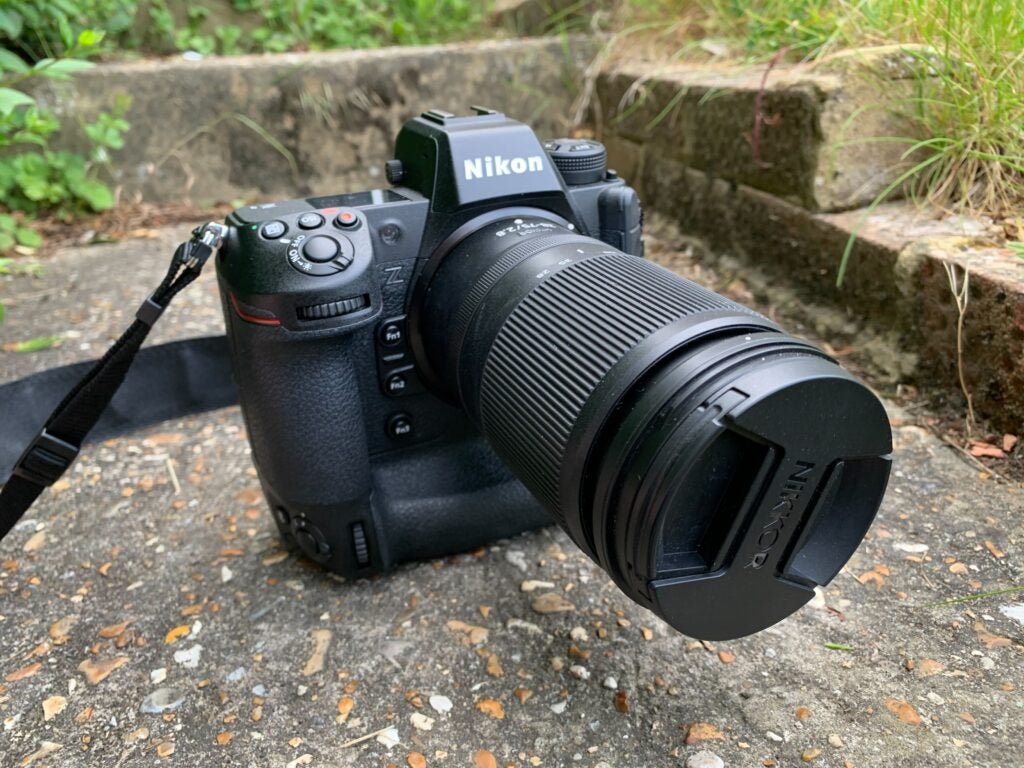
Nikon Z9
The best all-rounder on the list
Pros
- Robust and versatile design
- 120fps shooting
- 8K video recording
Cons
- Expensive
- Large and heavy body
- Additional cost of CFexpress or XQD card
The Nikon Z9 is a fantastically versatile camera designed to serve professionals in a wide range of applications from wildlife to sports to fashion photography and video.
At 1340g the large and square camera certainly isn’t lightweight, but it’s still significantly smaller and less heavy than Nikon’s flagship DSLR, the D6. The Z9’s body is weather-sealed and there are also grips and shutter release buttons on two sides to make snapping portraits as comfortable as landscapes.
The 3000-nit electronic viewfinder has a 120fps refresh rate and there’s a sharp 4-axis monitor with a 170-degree viewing angle.
The Z9 packs a 45.7-megapixel full-frame stacked CMOS sensor for rich and detailed images, as well as a 493-point autofocus system with 10 AF-area modes to choose from and detection for nine different subject types. There’s also an incredibly fast burst mode capable of capturing 11-megapixel JPEGs at up to 120fps with full AF/AE.
Finally, there’s support for 8K video at up to 60p or 4K at up to 120p.
Aside from the camera’s size and weight, the main con here is the high price of the camera and the memory cards needed to store your photos. However, if you can stomach £5000, the Nikon Z9 is an excellent mirrorless camera.
Reviewer: Hannah Davies
Full review: Nikon Z9
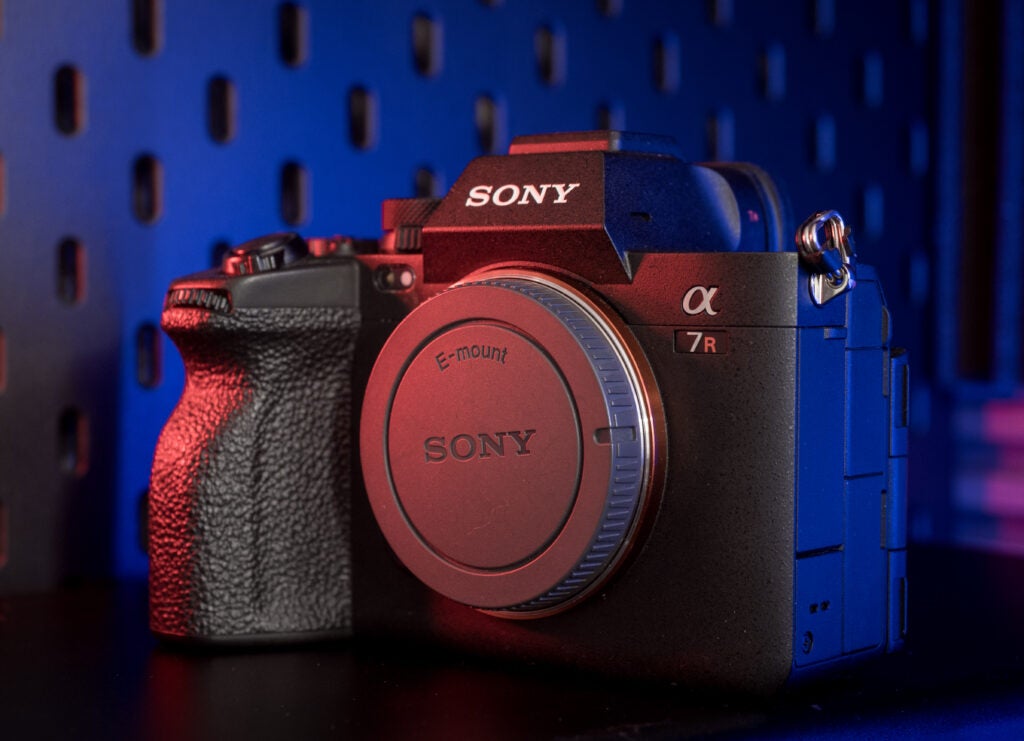
Sony a7R V
Another versatile full frame camera
Pros
- Huge resolution 61-megapixel sensor
- Advanced autofocus system
- Weather-sealed and robust body
Cons
- Pricey for most
- Slower burst rate than other cameras
If you’re looking for a high-resolution full frame camera packed with features, you might want to consider the Sony a7R V.
This mirrorless camera combines a durable build with a functional design, steering away from the retro styles preferred by Fujifilm and OM System. The camera is also surprisingly compact given its full-frame sensor.
Along with weather sealing, the a7R V includes an ultrasonic actuator that oscillates 70,000 times per second to keep dust off the sensor and offers improved heat management to support 8K video recording for up to 30 minutes.
There’s a 9.44m-dot EVF and a spacious 3.2-inch touch screen with a flip-out, vari-angle hinge that makes it easy to vlog with the camera.
When it comes to features, one of Sony’s biggest strengths is autofocus. The a7R V is packed with AF technologies that improve the experience, including 693 phase-detection AF points, Real-Time Recognition to lock onto subjects and track them through the frame, and the ability to use AF in near-dark conditions.
The camera can shoot up to 10fps, which isn’t the fastest on the market (the Fujifilm X-T5 delivers 15fps for a much lower price) but is very impressive considering these are 61-megapixel images.
The images themselves are packed with detail and clarity with Sony delivering excellent colour rendition that is free from any green or orange colour casts. The sheer size of the images also means you can crop into images to recompose a scene without worrying about overly compromising on image quality.
Finally, the Sony a7R V supports 8K video recording at up to 25p, or 4K at up to 60p. The camera includes ports for headphones and an external mic, and there’s the option to attach an external monitor via the full-size HDMI port.
The Sony a7R isn’t the fastest camera around – and it certainly isn’t the cheapest – but it offers high-resolution stills and video, as well as impressive AF performance for less than the Nikon Z9.
Reviewer: Matty Graham
Full Review: Sony a7R V
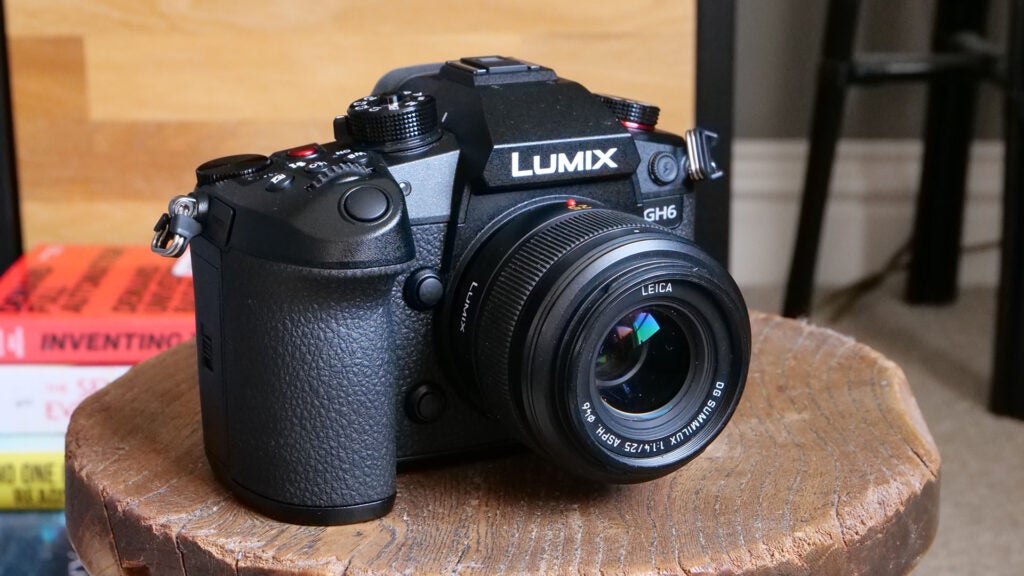
Panasonic Lumix GH6
The best Micro Four Thirds mirrorless camera
Pros
- Massive range of video modes
- Superb video image quality
- No-limit recording times
- Effective image stabilisation
- Easy handling
Cons
- Occasional autofocus quirks
- Some features unavailable at launch
The Panasonic Lumix GH6 is the most impressive mirrorless camera with a Micro Four Thirds sensor we’ve reviewed and a great choice if you’re looking for something that is video-first but still offers great image quality.
The GH6 offers a familiar shape and controls for anyone used to Panasonic’s GH series, but with the addition of a new cooling system and a new double-hinged touchscreen for greater flexibility than a regular vari-angle screen.
The camera is capable of shooting 5.7K video at up to 60fps, and there are dedicated headphone and microphone ports, as well as a full-size HDMI output for external monitoring and recording and support for CFexpress Type B cards. There’s also support for Apple ProRes 422 HQ on board.
The in-body image stabilisation offers up to 7.5 stops of motion compensation for stable video and the high resolution photo mode merges bursts together to capture 100-megapixel images.
The autofocus is less impressive. We found it had a tendency to lose focus when tracking moving objects. This also isn’t a photography-first camera. While the GH6 can produce fantastic stills, if your main purpose isn’t video then you may be best looking elsewhere.
Reviewer: Sam Kieldsen
Full review: Panasonic Lumix GH6
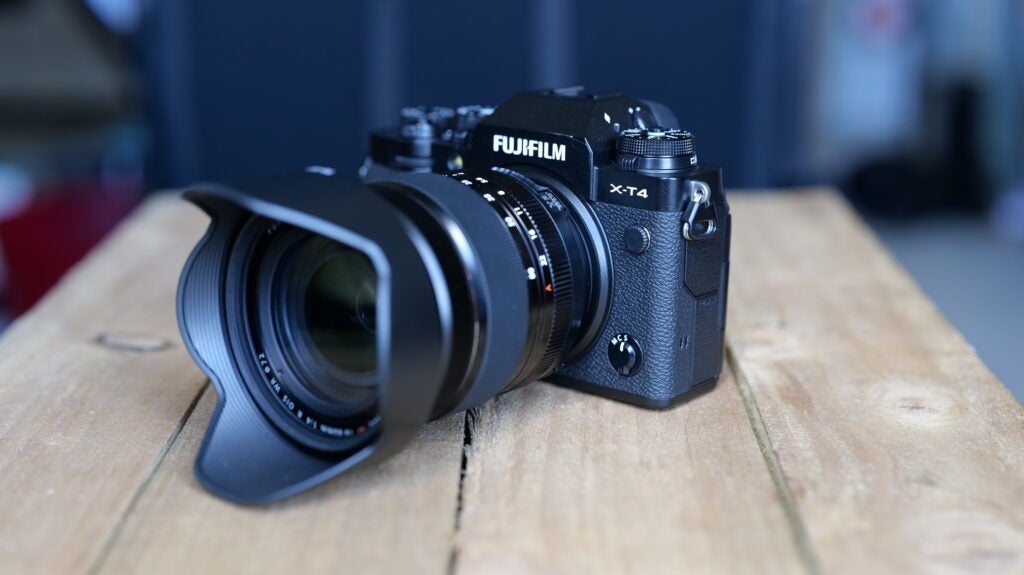
Fujifilm X-T4
A mirrorless camera with a retro style
Pros
- 4K/60p 10-bit internal recording
- Intuitive handling
- Impressive battery life
- Stunning pictures
Cons
- Doesn’t come with external charger
The Fujifilm X-T4’s timeless retro design makes it one of the best looking cameras in the professional market – and its specs are just as impressive.
The camera benefits from a rugged magnesium alloy frame for weather and dust resistance and there’s a good number of dials and switches without making the rear of the camera cluttered.
There’s a 3.69 million dot OLED viewfinder that covers 100% of the frame for a clear view to compose and review your images and a 3-inch LCD touch screen that flips out of the camera.
The X-T4 also features new in-body image stabilisation and the autofocus and battery performance have both seen massive improvements over the X-T3. Face detection and eye AF are particularly impressive and the camera is capable of shooting at up to 15fps in a burst.
The camera supports F-Log and HLG picture profiles and can capture DCI 4K/60p at 200Mbps with 10bit 4:2:0 colour internally. There’s also the ability to record Full HD video at up to 240fps for an up to 10x slow motion effect.
One con here is that this camera doesn’t come with an external battery charger, meaning you’re forced to charge the battery in camera. There’s also no dedicated headphone input, but you can monitor audio via the USB-C port with the help of an adapter so this isn’t a significant drawback.
Reviewer: Jon Devo
Full review: Fujifilm X-T4
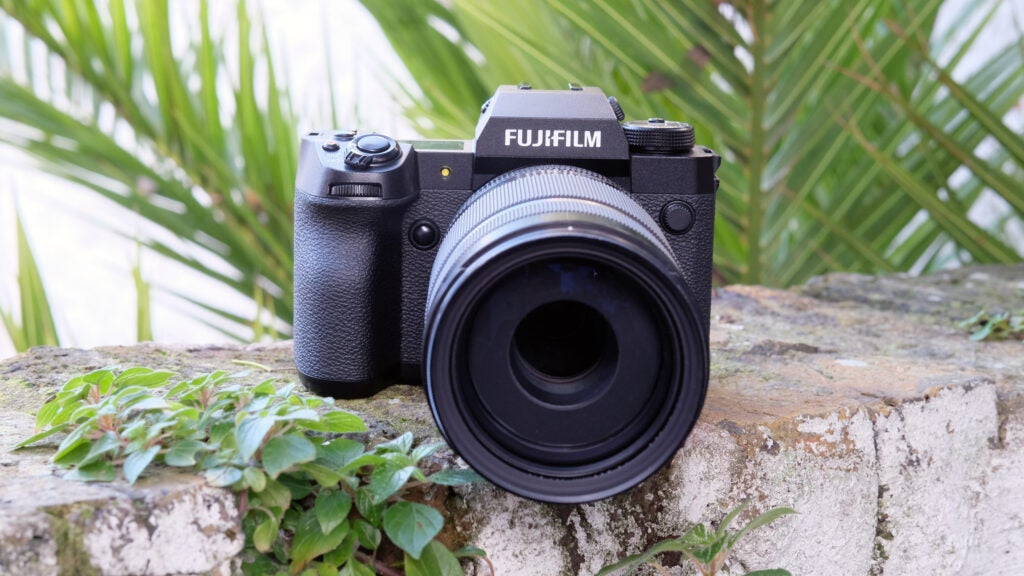
Fujifilm X-H2
Best for detail
Pros
- Superb detail from compact APS-C body
- 8K and Apple ProRes video recording
Cons
- Not the best low-light performer
- Pricey CFexpress Type B card required for some functions
The Fujifilm X-H2 is a ground-breaking camera with the highest-resolution APS-C sensor on the market.
The non-stacked, rear-illuminated X-Trans CMOS sensor is designed with detail in mind rather than the speed offered by a stacked sensor. This is the main area that differentiates the X-H2 from the Fujifilm X-H2S, a near-identical camera that prioritises speed over resolution.
The 40.2-megapixel sensor is the same one found in the Fujifilm X-T5, delivering the X-H2’s crisp 40-megapixel stills and 8K/30fps video. There’s also the Pixel Shift Multi Shot feature which combines multiple images to create staggering 160-megapixel super hi-res results.
You can get higher-resolution sensors on full-frame and medium-format mirrorless cameras, but the APS-C format means the X-H2 can use cheaper and lighter lenses than larger rivals. This makes it a smart choice if you’re looking to build a large lens collection going forward.
We found the image quality to be fantastic with rich detail and a pleasing tonality and dynamic range to the photos. It can shoot stills continuously up to 15fps with its mechanical shutter and up to 20fps with the electronic one, and the autofocus is fast and accurate with AI-assisted subject recognition onboard.
The build is lightweight but rugged and weather-proof, and there’s an always-on LCD panel on the top plate to let you see your settings at a glance.
The camera also comes with a crisp 0.5-inch OLED EVF with a 120fps refresh rate and a 3-inch vari-angle LCD monitor with touch support for settings like zoom and focus.
This camera isn’t our top pick for tackling low-light environments and some functions will require you to spend more on a CFexpress Type B card but the Fujifilm X-H2 is nevertheless a powerful performer for both photo and video.
Reviewer: Sam Kieldsen
Full Review: Fujifilm X-H2
We also considered…
FAQs
Where DSLRs rely on an optical viewfinder and a mirror to bounce light off the sensor, mirrorless cameras pack an electronic viewfinder and don’t require a mirror.
Mirrorless cameras are often smaller, more lightweight and better equipped for video than DSLRs.
The Nikon Z9 and Sony A7 IV are both full-frame mirrorless cameras.
Comparison specs
The post Best Mirrorless Camera 2023: Our five favourites to buy appeared first on Trusted Reviews.


